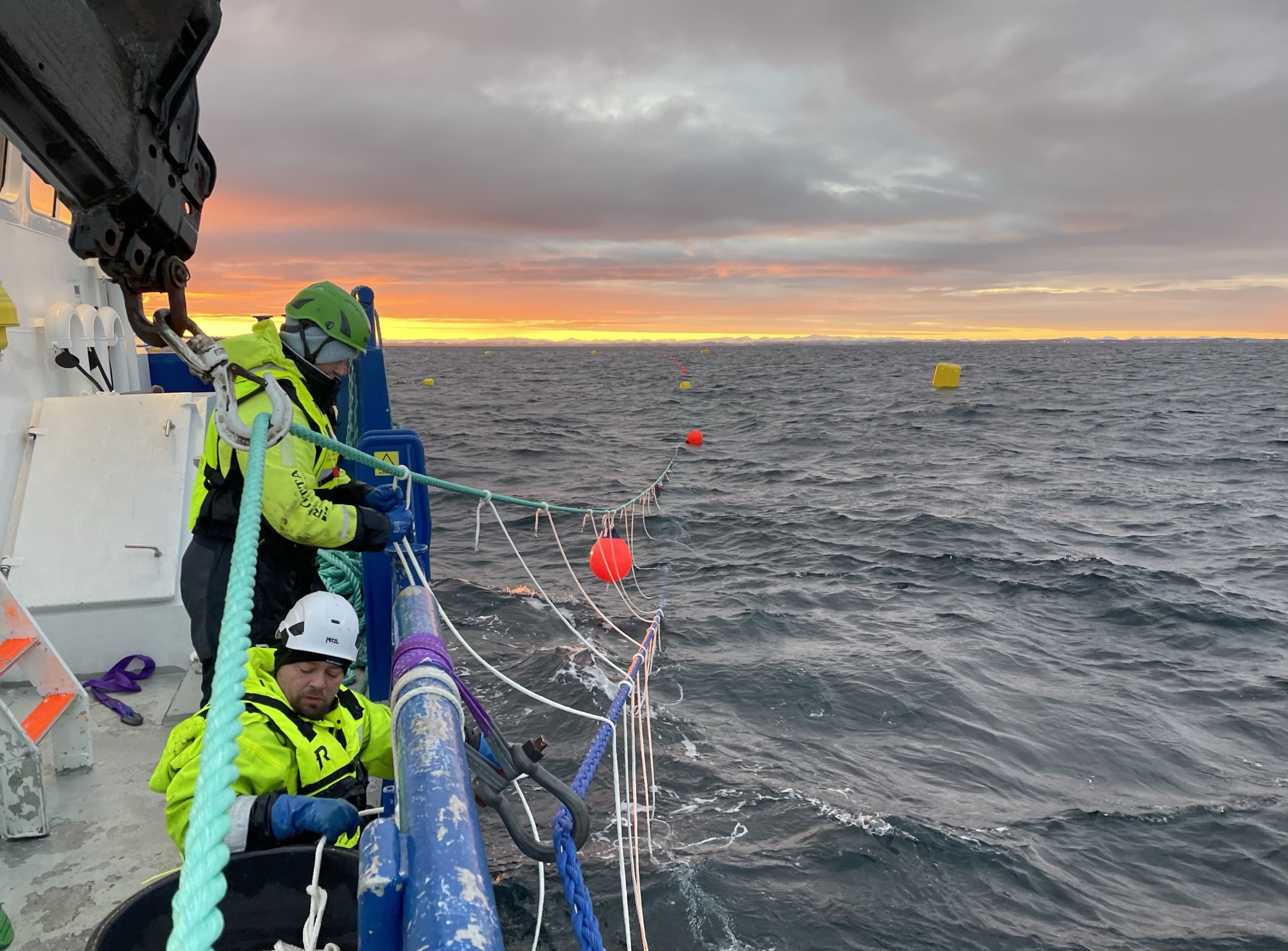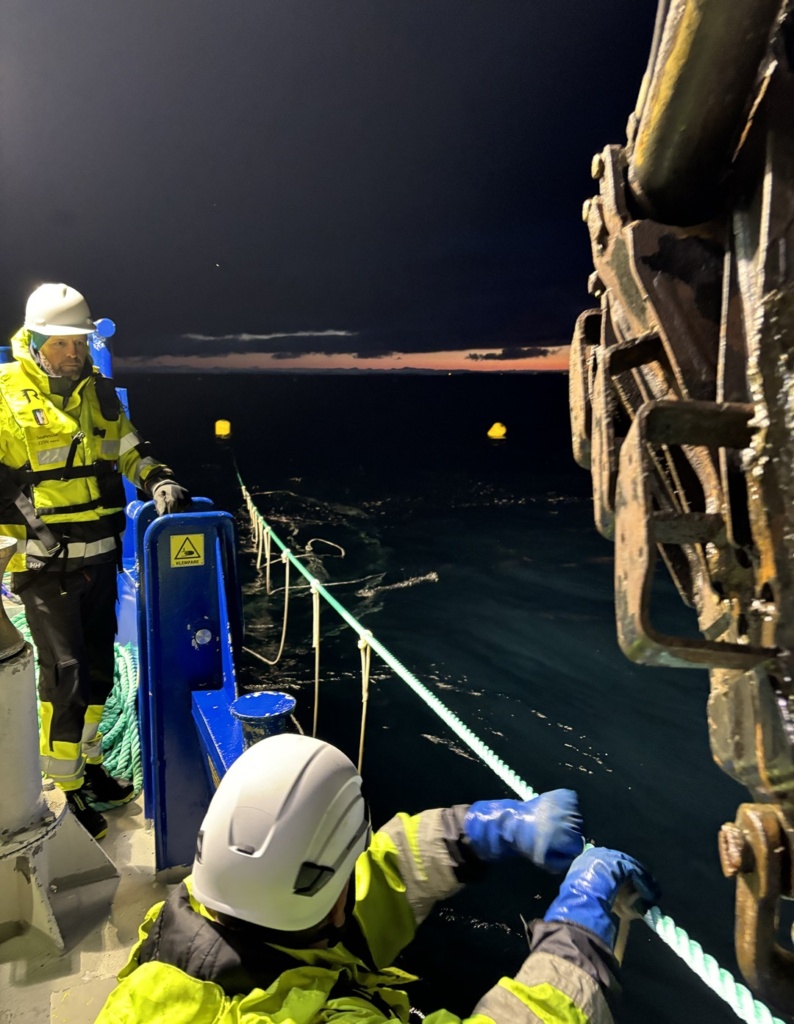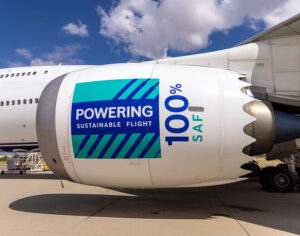
(Aker BP, 10.Jan.2024) — Aker BP contributes to the establishment of a kelp cultivation plant in the sea off Frøya in Trøndelag. The plant will remove CO2 from the cycle. Already in the summer of 2024, the first kelp will be harvested.
SINTEF Ocean will build and operate the kelp plant in the sea outside Frøya in Trøndelag County. The authorities have recently granted a license for commissioning.
During the growth period, the kelp plants bind CO2 through photosynthesis. The kelp will be ready for harvesting after 6-10 months in the sea. Further it will be processed into biochar through chemical processes. Tests will also be done on whether the kelp can be deployed on the seabed in deep water for permanent storage of CO2. In this way, kelp represents a climate-positive solution that quickly helps to remove CO2 from the atmosphere.

The plant is part of the Norwegian Kelp Center which will be utilized by several research projects, including the project ‘Seaweed Carbon Solutions’ which will develop and demonstrate a scalable technology for industrial kelp cultivation, with carbon capture as the main goal. The project is a collaboration between SINTEF, DNV, Equinor and Aker BP, with support from the Research Council of Norway. Recently, Wintershall Dea and Ocean Rainforest also joined as partners.
Norway’s long coastline is suitable for industrial cultivation of kelp. Calculations show that a kelp plant of only one square kilometer in size can produce 20,000 tons of kelp and by this capture 3,000 tons of CO2 annually. In addition to carbon capture, kelp and other macroalgae can be used in a variety of products such as food, animal feed, medicine, packaging, and fertilizers.
Big potential
The kelp plant outside Frøya will initially cover 200 acres and the first seedlings were recently deployed in the sea. The plan is to harvest at least 200 tons of kelp in the summer next year.
“We see great potential for this solution. 200 tons of fresh kelp will capture around 25 tons of CO2 and this is a solution that can easily be scaled up”, says senior researcher Jorunn Skjermo at SINTEF Ocean.

____________________

